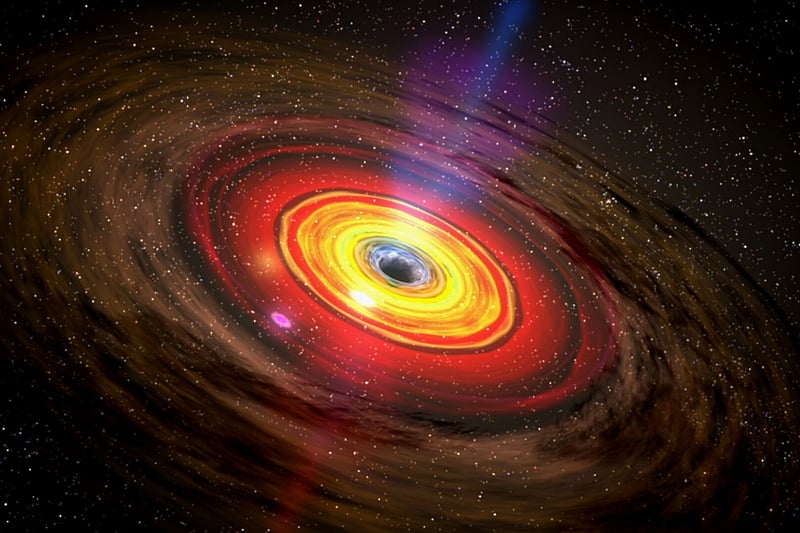Causality Loops
The Challenges of Time Travel and Causality Loops
Time travel has been a popular concept in science fiction for decades, captivating audiences with the idea of exploring different eras and changing the course of history. However, the concept of time travel comes with its own set of challenges and paradoxes, one of the most intriguing being causality loops.
Understanding Causality Loops
Causality loops, also known as time loops or bootstrap paradoxes, occur when an event in the future influences the past, which in turn causes the same event to happen in the future. This creates a loop where the cause and effect are intertwined and have no clear origin.
Challenges of Causality Loops in Time Travel
One of the main challenges of causality loops in time travel is the question of origin. If an event has no clear beginning because it is constantly influencing itself in a loop, it raises philosophical and logical questions about the nature of cause and effect.
Grandfather Paradox
A famous example of a causality loop is the grandfather paradox, where a time traveler goes back in time and prevents their grandfather from meeting their grandmother, resulting in the time traveler never being born. This paradox highlights the potential consequences of altering past events.
Temporal Displacement
Another challenge posed by causality loops is temporal displacement, where an object or individual exists in multiple points in time simultaneously due to the looping nature of causality. This can lead to inconsistencies and disruptions in the timeline.
Conclusion
While the concept of time travel and causality loops is fascinating, it also raises complex questions about causation, determinism, and the nature of reality. As we continue to explore the possibilities and implications of time travel in fiction and theory, the challenges of causality loops remind us of the intricate and interconnected nature of time itself.


